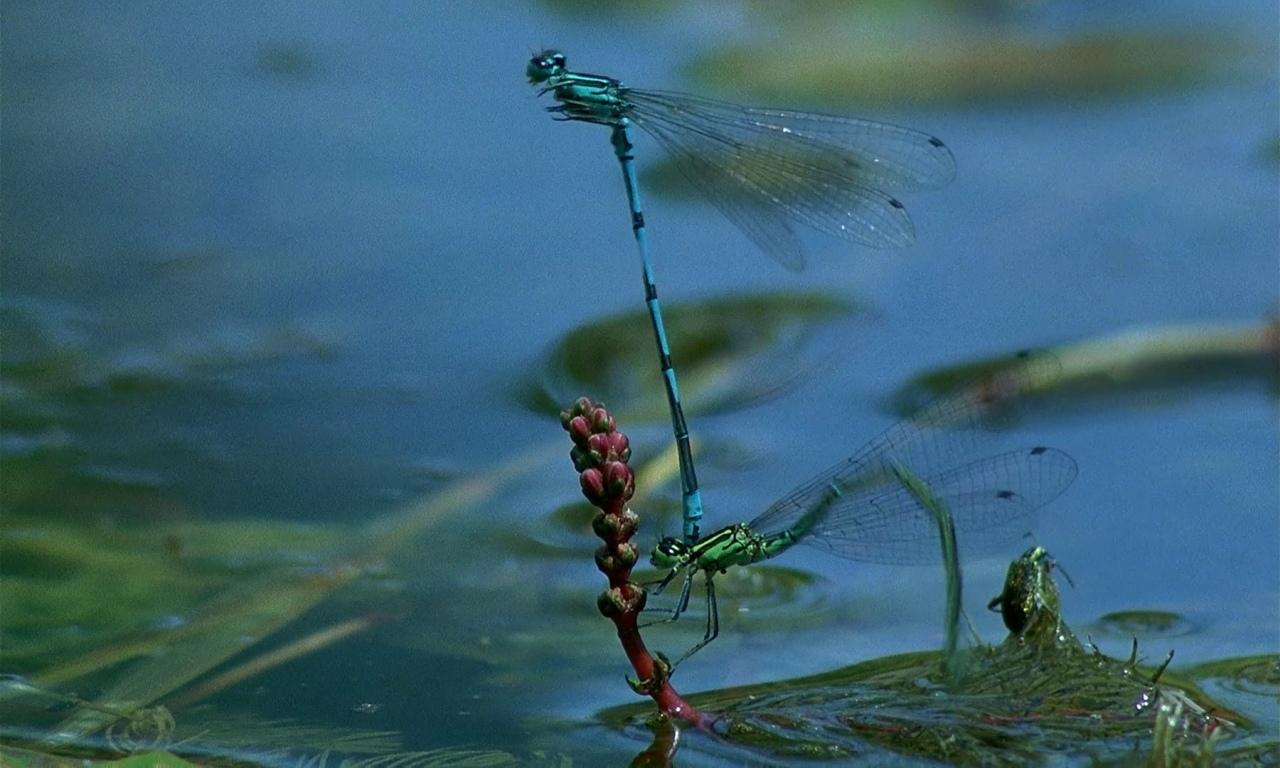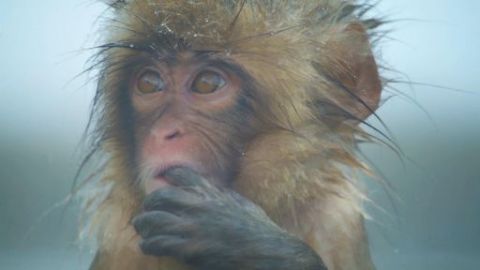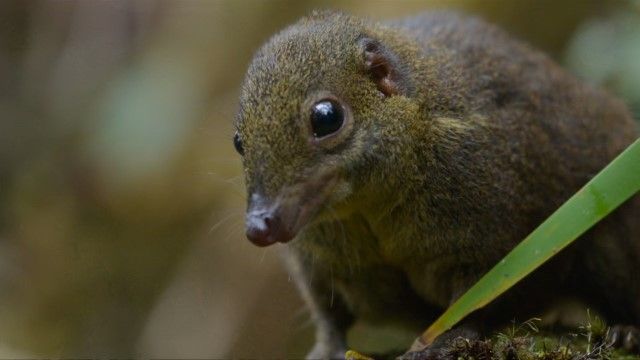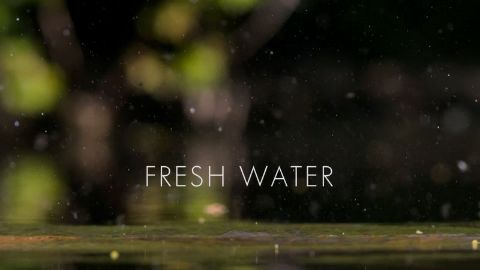Oak Tree: Nature's Greatest Survivor • 2017
Dr George McGavin investigates the highly varied and dramatic life of oak tree. Part science documentary, part historical investigation, this film is a celebration of one of the most iconic trees in the British countryside. It aims to give viewers a sense of what an extraordinary species the oak is and provide an insight into how this venerable tree experiences life.
Make a donation
Buy a brother a hot coffee? Or a cold beer?
Hope you're finding these documentaries fascinating and eye-opening. It's just me, working hard behind the scenes to bring you this enriching content.
Running and maintaining a website like this takes time and resources. That's why I'm reaching out to you. If you appreciate what I do and would like to support my efforts, would you consider "buying me a coffee"?
Donation addresses
BTC: bc1q8ldskxh4x9qnddhcrgcun8rtvddeldm2a07r2v
ETH: 0x5CCAAA1afc5c5D814129d99277dDb5A979672116
With your donation through , you can show your appreciation and help me keep this project going. Every contribution, no matter how small, makes a significant impact. It goes directly towards covering server costs.





